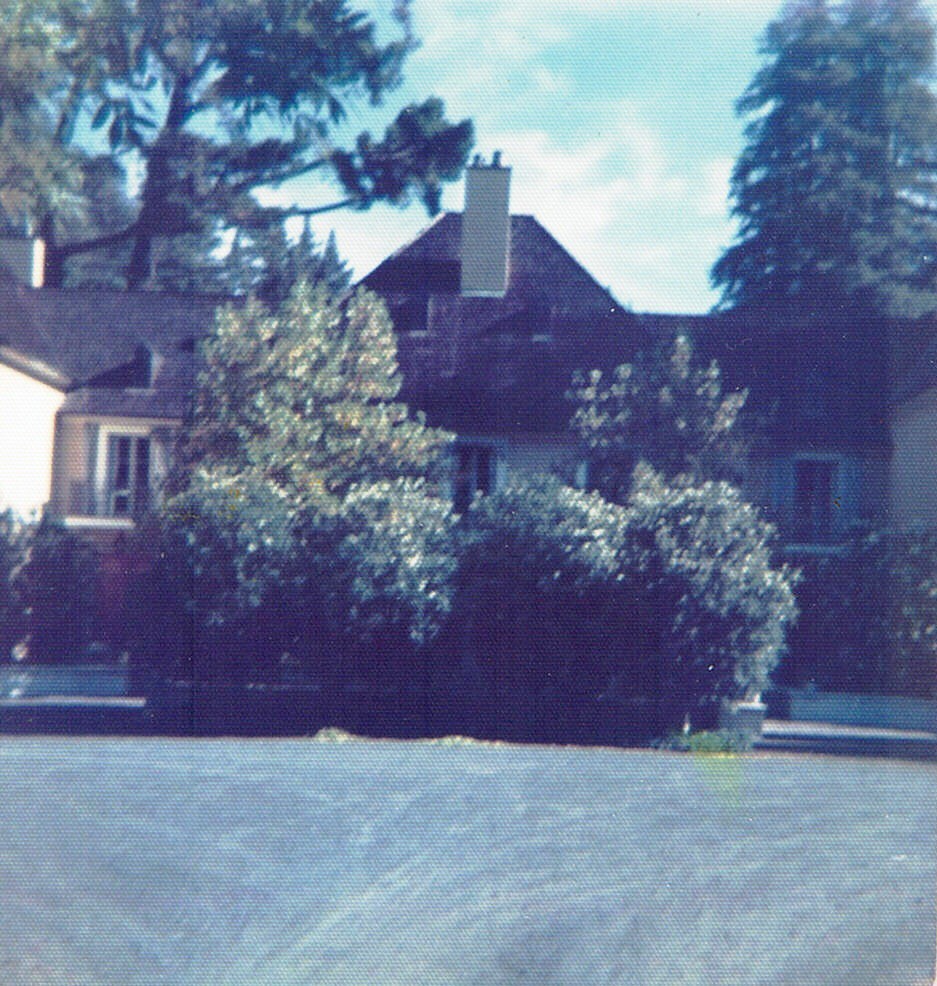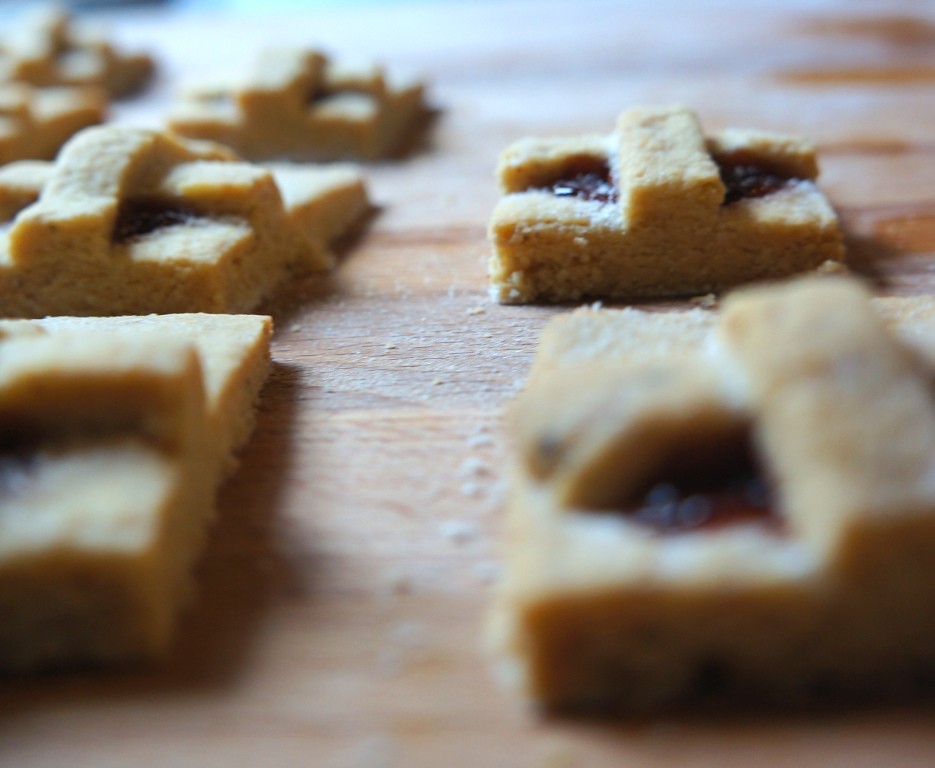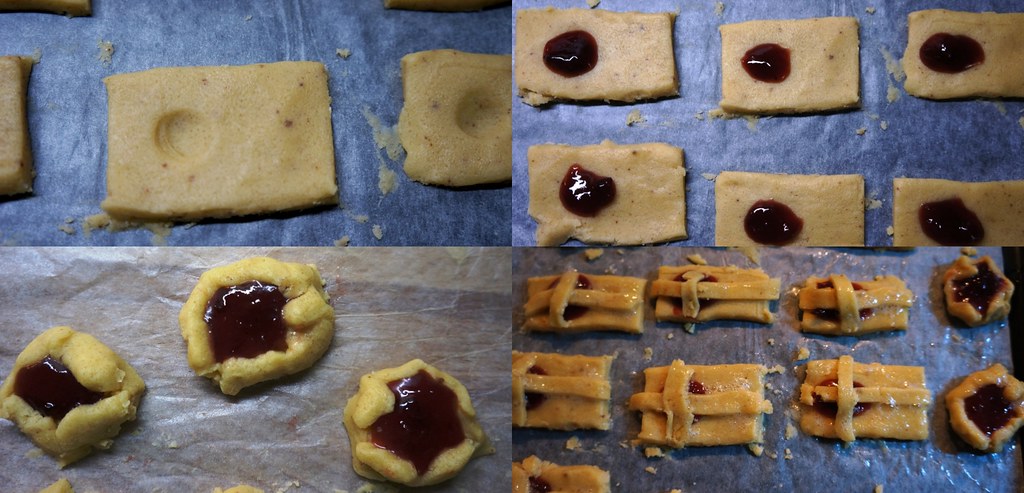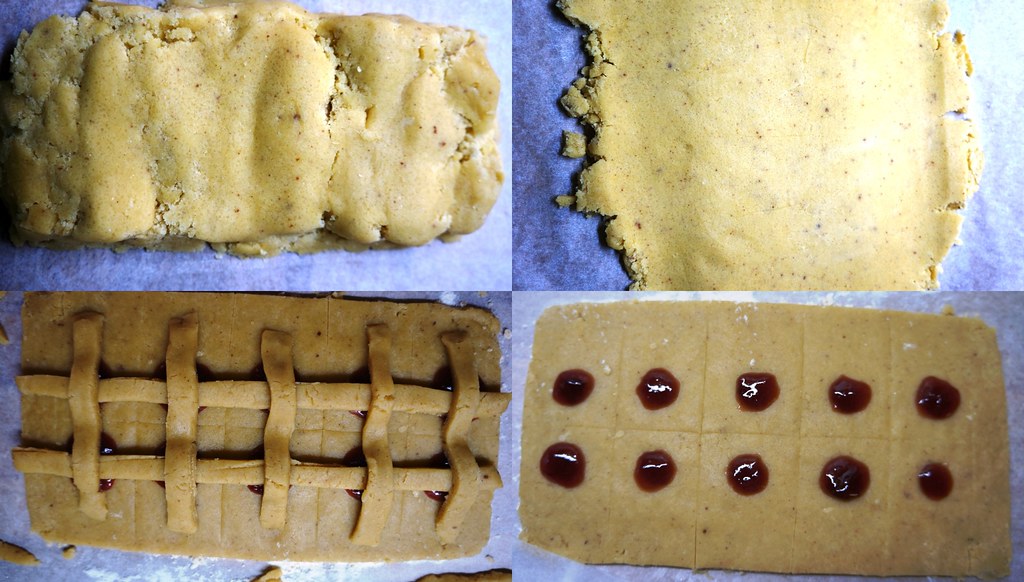The art of food is perhaps the most fleeting of all. Books, paintings, sculpture, all are relatively lasting. Live performances can be recorded. But the days and hours we put into the research and planning and shopping and cooking and presentation – these are gone forever in the space of a few minutes, or perhaps hours at most, if the courses are multiple and our guests are lingering…
My aunt, together with her husband, the last Czar of Russia’s nephew, spent the latter half of their long and interesting lives in a lovely wood house that my cousin designed, on the estate of a railroad-magnate heiress in northern California. The estate included redwood forests, stream, pond (albeit algae covered), horses (as well as sheep a few llamas and an ocelot for awhile), barns, apple orchards and meadows, an historic California adobe, and even a house just for playing billiards, with apples stored in the basement sending their winey fragrance up into the game room.
And the schloss. Said heiress had married an Austrian ski instructor later in life and in the 1960s built for the two of them a majestic mansion modeled on an Austrian chateau. Painted pale yellow, it was composed of a main house and two small wings. You could catch a glimpse of it through the trees from the main road that wound through the area and it was so unusual for the time that cars would stop to see it.
There was a kind of enchantment about the place. Arriving in the cool hallway at my aunt’s (the house was so well designed that it was always pleasant even in the heat of summer) always felt like I was entering another world, embarking on an adventure. The scent of the peninsula countryside — a mix of sage, yarrow, lupine, lavender – was full of promise. I spent many a summer and holiday there, playing with the caretaker’s children when I was younger, and later, accompanying my aunt for cocktails and dinner at the schloss.
We dressed for dinner in those days (not that long ago), and arrived through the front hall, which ran the length of the main house and came right out of the late 19th century – French windows, potted palms and beautiful tiled floors. Drinks were in the great room, with its piano and Chinese screens, a puzzle table in progress in the corner, and comfortable sofas arranged in groups throughout. The ceilings were high and the room was so large that one could wander through it; conversations at one end weren’t heard at the other. The dining room was wood paneled and imposing, with a large oval table presided over by the heiress.
The heiress of course had a cook. At one of these summer dinners, he served us a cold borscht, that was the pure essence of beet. Eventually, when I have it figured out, I’ll post it here.
He also made the most sublime cookies. They were a kind of shortbread or sablee, with a bit of jam baked on top. I was an honest child, conniving certainly, but not duplicitous (i still can’t play poker).* Playing in the woods one day with the caretakers’ girls, I led them in the back door of the great house kitchen to get some water, and there were these cookies, lined up on the counter, inviting us.
Despite my friends’ protestations, I stole a few, or maybe several, reasoning that there were too many to be missed. Turns out I was wrong, and we were duly scolded later on, but I was not sorry, as I had never tasted anything quite so good.
The heiress, her ski instructor, and my aunt and uncle, are all gone now, sorely missed. And even the schloss, to my great shock when I googled it for this post, is no more. It met an ignominious end – the estate was purchased by a silicon valley magnate, who, so I’m told, had it painted black and used it for a Halloween party before bringing in the wrecking balls and constructing another, more modern mansion in its place. My aunt’s lovely house and all the other buildings but the barn, and even the orchards are gone, too. Just the redwoods remain. Sic transit…
For a fleeting moment, then, here are my attempts to reproduce that sublime and stolen pleasure of butter-sugar-flour-jam.
* the only other thing I stole as a child was a piece of penny bubble gum from the liquor store. imagine my chagrin when it was with this gum that I finally learned to blow bubbles, sitting under the dining room table; I couldn’t share my excitement without admitting where the gum had come from… the lessons we learn, sigh….
Not having a recipe, I had to rely on my sense memory of these cookies. Why they had this particular design I don’t know, but it certainly remained imprinted on my memory. It is quite difficult to execute with a typical shortbread recipe, because the dough is so crumbly, so rolling the dough to make the cross strips is a challenge.
I experimented with various ratios of the ingredients, and also with melted butter. Flavor-wise, the lightly browned, melted butter is the best, but in terms of texture, room-temperature butter works better for this design, although by the third batch i passed on the strips and just added the jam.
If you prefer to go the melted butter route, skip the lattice strips, roll small balls when the dough is slightly chilled, flatten slightly and make a small indentation for the jam, then chill again before baking, bake a bit longer as the dough will be somewhat thicker.
Most shortbread recipes on this side of the pond these days are heavy on the butter – equal weight for butter and flour and about 2/3 of that for sugar. The traditional Scottish recipe is much less sweet and less rich, in a 1-2-3 ratio of sugar-butter-flour.While I like this butter ratio, it wasn’t quite sweet enough for me, either, so I fall somewhere in between.
I also added some egg, as it made sense to me that the cookie I remembered would have egg in it. I tried both whole egg and egg yolk, and in the end stayed with the latter (and used the egg white to glaze some of the cookies).
Both types of dough should be chilled, but the melted butter one should not be chilled for too long or you will need to let it set out again to warm up, as it becomes too hard. Shortbread-type cookies in Turkey and the region are often quite a bit tougher, which apparently comes not only from the butter-flour ratio, but also from kneading the dough, so if you like a bit of firmness (something I was after as that was part of my recollection), knead the dough a few times before chilling (also easier to do with the softened butter than the melted butter).
In my first attempts, I cut the dough before baking, but that was a mistake as the pieces were difficult to move around on the baking sheet as you can see above. It was much easier to follow most of the classic recipes and bake the dough in one piece (you can lightly score it to make it easier to cut) for about 40 minutes, then cut into pieces and allow to continue baking another 20 minutes or so.
Shortbread
12 oz flour (about 3 cups)
8 oz butter (2 sticks or 1 cup), room temperatore or melted so that the milky bits settle to the bottom of the pan and brown slightly, and cooled somewhat.
6 oz sugar (3/4 cup)
1 egg yolk
½ tsp salt
½ tsp vanilla extract
Few tablespoons jam
Although I sifted the flour for the first recipe, I don’t think it made a difference.
Mix the softened or melted butter with the sugar, stir in the egg yolk and vanilla extract. Add the flour and salt to the butter mixture and mix well to combine. Knead a couple of times on a board then form into two balls and wrap in plastic wrap to chill till fairly firm, a couple of hours.
Roll one ball of dough between sheets of parchment paper or plastic wrap about ¼ – 3/8 inch thick (I think ½ inch is too thick but if you like a thicker cookie, you can do so, just adjust baking time). You will need to bang on it a couple of times with the rolling pin and it may break up but just push it back together. As it softens up it will become easier to have it keep in one piece. Score the dough lightly in the shapes you would like (squares, diamonds, rectangles, or triangles if you are baking a round). If you would like to add the jam, make slight impressions with your finger and spoon in about 1/4 teaspoon, rounded, of jam.
Slide the parchment onto a tray or large plate and chill for about ½ hr. This helps dough not to spread.
Repeat with the other ball (or freeze it for later use).
Preheat oven to 300 F (150C). If you would like a bit of shine, beat the egg white slightly to loosen it and brush over the cookies, careful not to spread the jam. Slide parchment with dough onto cookie sheet.
Bake for 40-45 minutes. Remove from oven and carefully cut into pieces where you scored the dough, and spread the cookies out on the cookie sheet so that there is some space between them. Return to oven and bake another 20 minutes. You can let them cool in the oven.
If you are baking two trays, then swap and rotate the trays when you remove them to cut the dough.
Each ball of dough will make between 12 and 18 cookies.










This is my favorite post of yours to date! I loved to visit your aunt’s house with you! I think your writing is so beautiful and evocative. And what to say about the narration of how you made the cookies? Another thing I loved is that one of my favorite cookies as a child was very similar to what you describe. In Mexico we call this sort of cookie with jam: tartaleta. Tartaletas de fresa was the kind I loved. The shape, though, was round and it had some frills. I love reading you! Please keep writing!
thank you duha!
Just discovered your blog (via a link on FB on the retreat house page). Wonderful! Loved this post.I’ll be back. 🙂 XO
thanks!
Pingback: Oh that spice route - a moveable kitchen